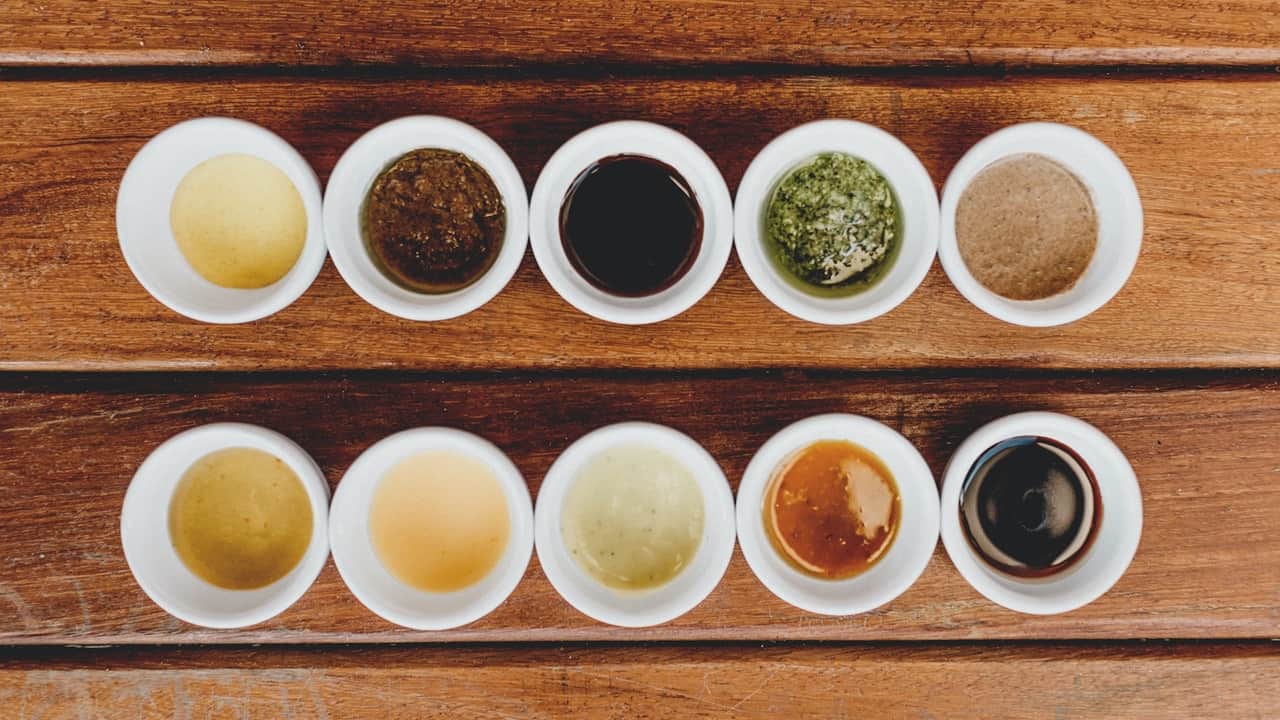If you are a tea enthusiast, you may have come across the term “Darjeeling” while exploring different tea varieties. Darjeeling is a name that carries significant weight in the world of tea, representing a distinct type of tea that is highly sought after and cherished by connoisseurs. In this article, we will delve into the meaning of Darjeeling in tea terms, exploring its origins, characteristics, and why it holds a special place in the hearts of tea lovers.
1. Origin and Geography
Darjeeling, in tea terms, refers to tea that is grown in the Darjeeling district of West Bengal, India. This region is nestled in the foothills of the Himalayas, providing a unique and ideal environment for tea cultivation. The geographical factors, including the altitude, soil composition, and climate, contribute to the distinctive flavor profile that Darjeeling tea is renowned for.
2. Darjeeling Tea Characteristics
Darjeeling tea is known for its exquisite and delicate flavors, often described as muscatel, floral, and brisk. Here are some key characteristics that make Darjeeling tea stand out:
- Light and Bright: Darjeeling tea has a light and bright liquor, which is often pale golden or amber in color.
- Aromatic: The aroma of Darjeeling tea is captivating, with floral and fruity notes that can vary depending on the specific tea estate and flush.
- Muscatel Flavor: One of the most distinctive qualities of Darjeeling tea is the muscatel flavor, characterized by grape-like and wine-like undertones.
- Delicate and Refreshing: The taste of Darjeeling tea is delicate yet refreshing, making it a perfect choice for afternoon tea or moments of relaxation.
- Varying Flushes: Darjeeling teas are classified into different flushes, which refer to the time of year when the tea leaves are harvested. Each flush brings its own unique flavors and aromas.
3. Grades of Darjeeling Tea
Darjeeling tea is graded based on factors such as leaf appearance, aroma, and overall quality. The grading system helps to distinguish the different tiers of Darjeeling tea. Here are some common grades of Darjeeling tea:
| Grade | Description |
|---|---|
| SFTGFOP (Super Fine Tippy Golden Flowery Orange Pekoe) | Highest quality grade with an abundance of tips and whole leaves. |
| FTGFOP (Fine Tippy Golden Flowery Orange Pekoe) | High-quality tea with a good amount of tips and whole leaves. |
| TGFOP (Tippy Golden Flowery Orange Pekoe) | Good quality tea with some tips and whole leaves. |
| FTGBOP (Fine Tippy Golden Broken Orange Pekoe) | Tea with broken leaves but still maintaining good quality. |
| BOP (Broken Orange Pekoe) | Tea with smaller broken leaves but still flavorful. |
4. Brewing Darjeeling Tea
The process of brewing Darjeeling tea requires careful attention to ensure the flavors are properly extracted. Here are some tips for brewing Darjeeling tea:
- Water Temperature: Use water that is around 190°F (88°C) for black Darjeeling teas, and slightly lower temperatures for green or white Darjeeling teas.
- Brewing Time: Steep the tea for 3-4 minutes to allow the flavors to develop, but avoid oversteeping as it may result in bitterness.
- Tea-to-Water Ratio: Use approximately 1 teaspoon of Darjeeling tea leaves for every 8 ounces of water, but adjust according to your preferences.
- Enjoying the Aroma: Take a moment to savor the captivating aroma of the brewed tea before taking your first sip.
- Serving: Darjeeling tea can be enjoyed plain or with a touch of honey or milk, depending on your preference.
5. Darjeeling Tea and Appellations
Darjeeling tea, similar to wine, is protected by geographical indications that safeguard its authenticity. The Tea Board of India has established strict regulations to ensure that only teas grown in the Darjeeling region can bear the name “Darjeeling.” This protection ensures that consumers are guaranteed genuine Darjeeling tea, supporting the livelihoods of the tea growers in the region.
In conclusion, Darjeeling holds a special place in the world of tea, representing a unique and remarkable tea variety with an array of flavors and aromas. Exploring the different flushes and grades of Darjeeling tea can be an enlightening journey for any tea lover, providing a deeper understanding of the art and craft behind this beloved tea.

